Master Thinker on Health X Design: Professor Ian Gwilt
Research Professor, School of Art, Architecture and Design University of South Australia
Master Lecturer at HKDI inspire*
Ian Gwilt is Professor of Design at the University of South Australia and leads the Design Research in Health and Wellbeing initiative at the School of Art, Architecture and Design. He is interested in design for communication and knowledge mobilisation, as well as being an advocate of user-centred, participatory co-design methodologies.
For seven years, Prof. Gwilt was a key member of the Lab4Living Design Research in Healthcare Group at Sheffield Hallam University, and a founding member of the Design4Health international conference stream. He has worked on a number of research projects with healthcare providers both in the UK and Australia.
This includes the development of novel data-visualisation strategies for young adults who are suffering with chronic pain, to help communicate their pain profiles to professional and close-support networks, design thinking workshops for spinal-injury survivors to help with their rehabilitation processes and the development of a toolkit to help ward staff understand and respond to patient feedback data in more effective ways.
His current work includes research into the impact of working with robots in the healthcare workplace, the co-design of age-friendly precincts, and re-thinking the dining experience in aged care. This includes thinking about how we incorporate visual-communication design practices into interdisciplinary research teams and in better defining design research practices. He also supervises PhD students in the area of design for health and wellbeing.

|
Do your experiences with iterative and digital design incline you towards the tenets of Design Thinking, with its “practice makes perfect” approach and emphasis on testing ideas in the real world? My experiences and background have certainly led me to appreciate the values of the iterative design approach in collaboration with people. Human beings are complex. We all behave differently and have varying expectations of how we want things to work, what we need and how we get to that point. Design Thinking allows everyone the opportunity to have a seat at the table; to clarify misunderstandings between parties, understanding differing terminology between fields, and unpack the process to arrive at a desired outcome. Combined with co-design practices, Design Thinking can really help to reveal the needs and drivers of all the different stakeholders in a product-service system-value chain. This approach is fundamentally inclusive, collaborative and often highly effective. My work with design and healthcare really epitomises the value of Design Thinking. In the Lab4Living at Sheffield Hallam University, we developed a number of different ways of designing with healthcare professionals and care-seeker communities. At the University of South Australia, we intend to continue this approach, with the development of the Design Research for Health and Wellbeing community, which is in the process of being established. We are also developing a new initiative called the Design Clinic, which will facilitate a conversation between healthcare professionals, care-seekers and the support network, design and health-science students and academic researchers at the university. The idea of the Design Clinic is that it will “pop up” in various healthcare environments from hospitals to community clinics and aged-care villages as a place where people can share their care-related issues and ideas. These will form the basis of a number of co-design activities that will feedback into the care community. |
Healthcare services and products seem remote from the practice of design, so how do you convince healthcare professionals to apply Design Thinking, and how do you modify or design a systematic approach that can fit the needs of an industry that demands a very high level of precision and consent from the mass public?
Design and healthcare are natural partners. I believe this nexus provides a really great testing ground for how designers can interact with other disciplines and provide meaningful contributions through the application of Design Thinking, co-design and inclusive design approaches. Design and health are fundamentally inter-disciplinary and human-centric — two important aspects in Design Thinking. I’ve found that most healthcare professionals are quite open to the design process. It’s just that they haven’t really thought that this is a viable way to approach healthcare issues. Or that there is unfamiliarity in the language, terminology and ways of working that are utilised by each discipline. It is important to start the conversation between people to help understand those differences. This is an area that Design Thinking and co-design activities are good at addressing. The idea of ensuring that people are at the core of the issue is so simple it can often be overlooked by decision-makers.
That being said, I don’t think that we need to radically modify Design Thinking for the healthcare sector. The basic principles can be adapted to any context. However, it’s important that healthcare people who do get involved with this way of thinking appreciate that applying a Design Thinking approach takes time. It takes time to build networks and user trust. It takes time to see tangible outcome. Equally, designers must be sensitive to the real-world pressures and needs of healthcare systems that can really have an impact on people’s lives and experiences.
However, when we do involve Design Thinking and co-design processes in a project, the outcomes are often more appropriate, effective and engaging and useful for everyone involved, because they have had the opportunity to play a meaningful part at a number of levels in the development of a product or service.
Do you position yourself as a partner with the healthcare professionals and community and how would you deal with any disagreements with counterparts that are bound to occur? Being in partnership with both professionals and the community is vital for the success of a Design Thinking approach. There will most likely be disagreements between stakeholders. However, it is important to recognise and respect each other’s knowledge and opinions if a collaboration is to be successful. This is a normal part of the process, and these disagreements are often highly conducive to creating a better result. All the partners in a collaborative process should feel that that they are able to voice their opinion and that it has equal resect. Service users and the community should have the opportunity to question established top-down approaches to healthcare provision while at the same time a Design Thinking, co-design approach enables healthcare professionals to communicate the reasons behind how healthcare services are organised and delivered while taking advantage of the first-hand feedback and insight generated by those experiencing a healthcare journey — which is all of us, by the way. |

|
Others
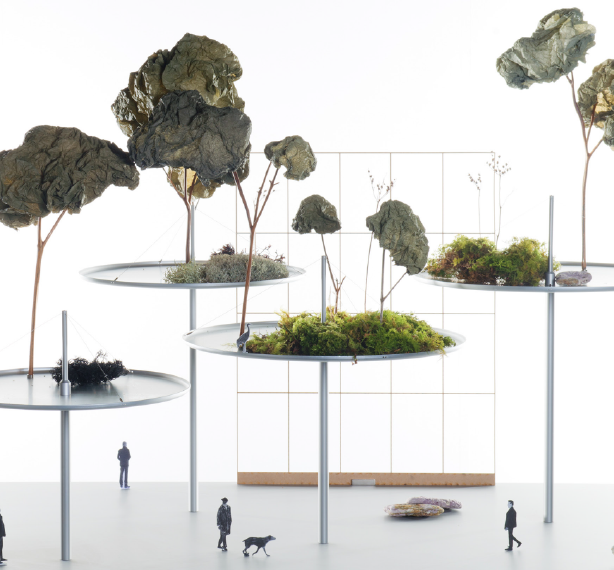
最新动态 | 1 December 2018
Radical New Slant on Cityscapes from French Design Duo Bouroullec Brothers - Urban Daydreaming

最新动态 | 1 December 2018
Crouching designer, hidden cultural identity Tim Yip: Blue — Art, Costumes and Memory

最新动态 | 1 December 2018
How Design Thinking Made Tim a Champion

最新动态 | 1 December 2018
Artist Interview - Chic & Artistic
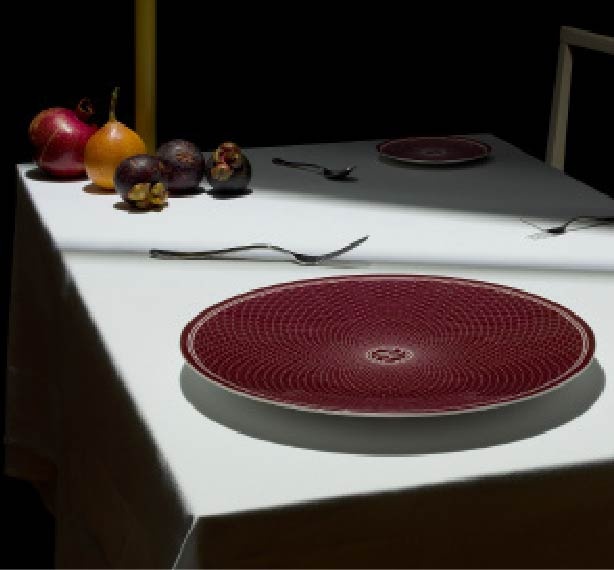
最新动态 | 1 December 2018
Artist Interview - Lochner | Carmichael

最新动态 | 1 December 2018
Artist Interview - Sandrine Dulermo & Michael Labica
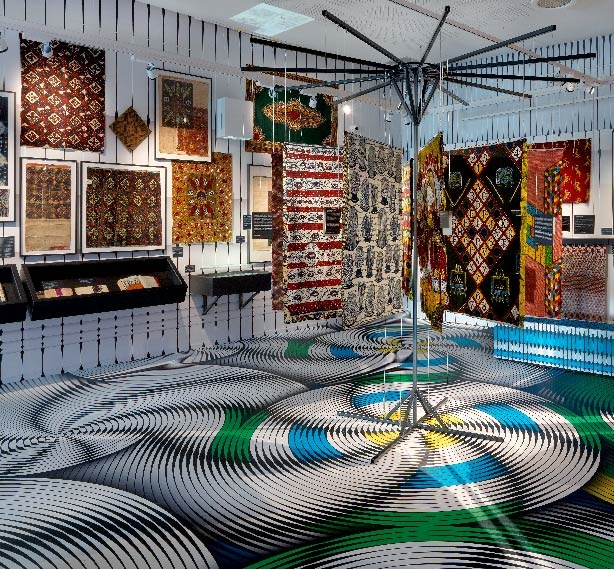
最新动态 | 1 December 2018
Artist Interview - Studio Harm Rensink
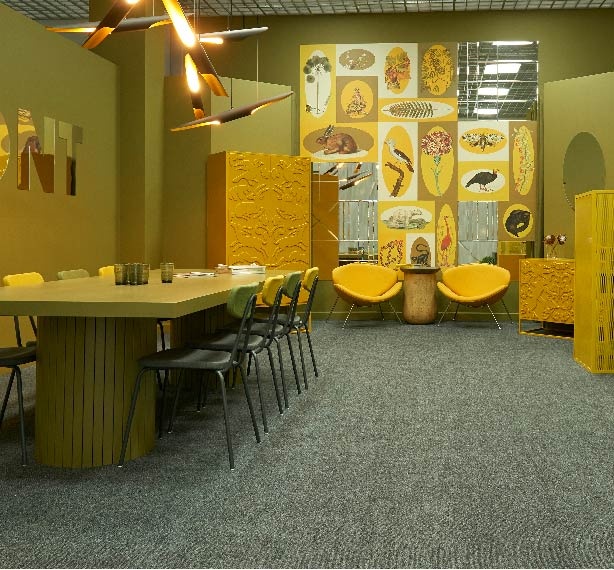
最新动态 | 1 December 2018
Artist Interview - Tsaruk & Ahmadova

最新动态 | 1 December 2018
Why Enterprise Architecture Needs Design Thinking

最新动态 | 1 December 2018
Master Thinker on Enterprise X Design: Elaine Ann
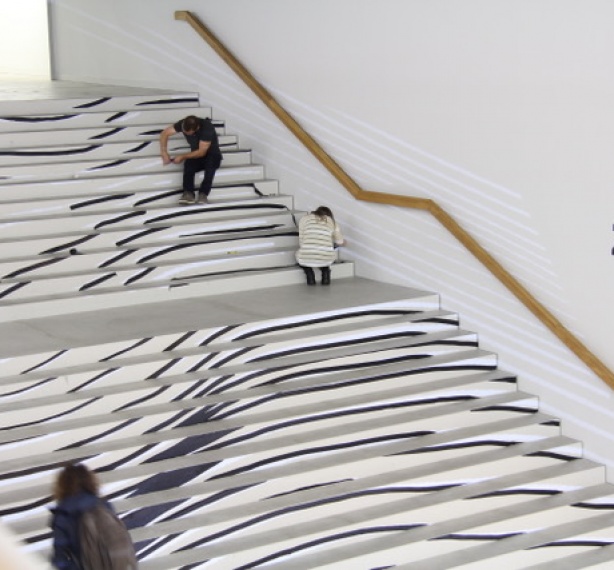
最新动态 | 1 December 2018
Master Thinker on Food X Design - Professor Michael Krohn

最新动态 | 1 December 2018
Design Thinking is About Finding Out What Works in the Real World

最新动态 | 1 December 2018
HKDI Alumni: The Spirit of Esprit

最新动态 | 1 December 2018
Margaret Morton—Fragile Dwelling: Homeless Communities of New York City
